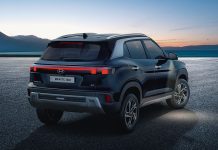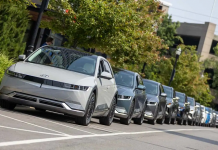Such a Solaris could be produced in Russia, but now it will be assembled in India
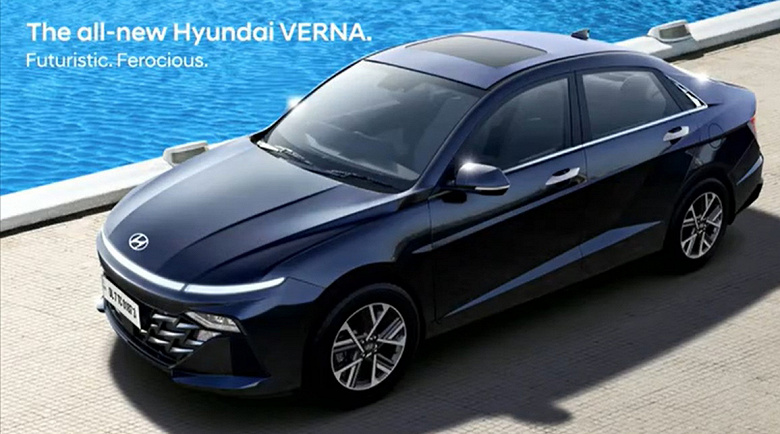
The new Verna is the third Hyundai model in India to support Level 2 Driver Assistance Systems. It has forward collision warning, blind spot monitoring, lane keeping and lane departure warning, reverse collision avoidance, adaptive cruise control with auto stop and resume.
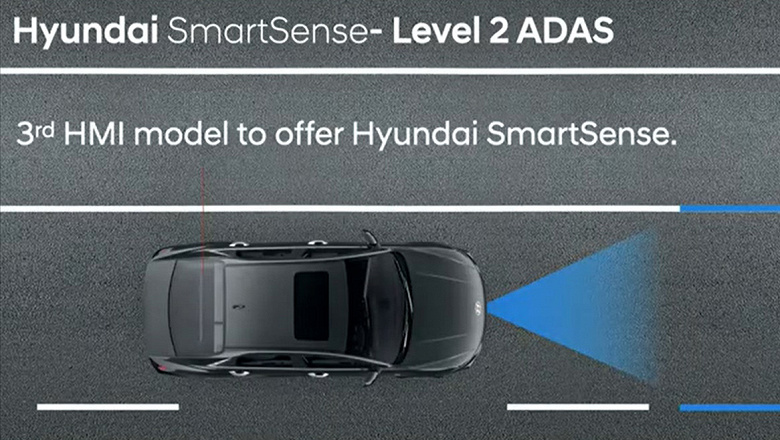
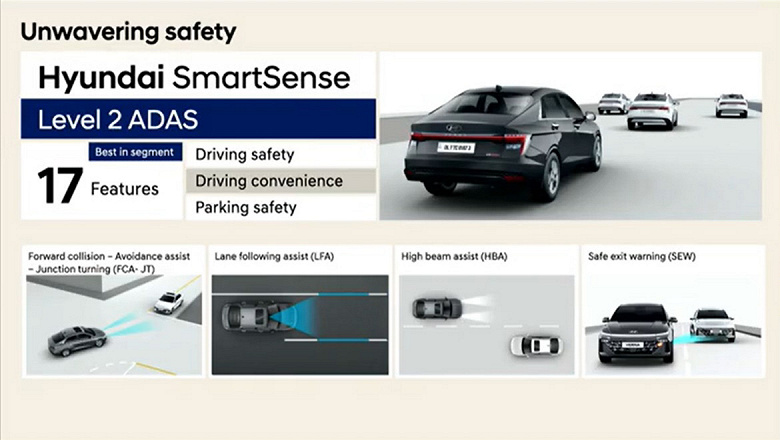
All-new Hyundai Solaris unveiled – ‘futuristic and ferocious’
Already in the base, the interior is two-tone – it combines black and beige. Turbo version – with black interior and red accents. To dilute the interior allows atmospheric lighting with 64 colors. There are nine colors of the car itself: seven for the normal version with a naturally aspirated engine, two for the Turbo version.
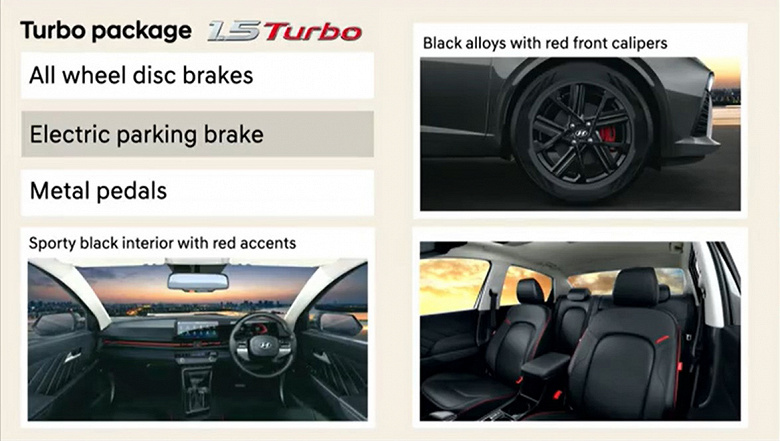
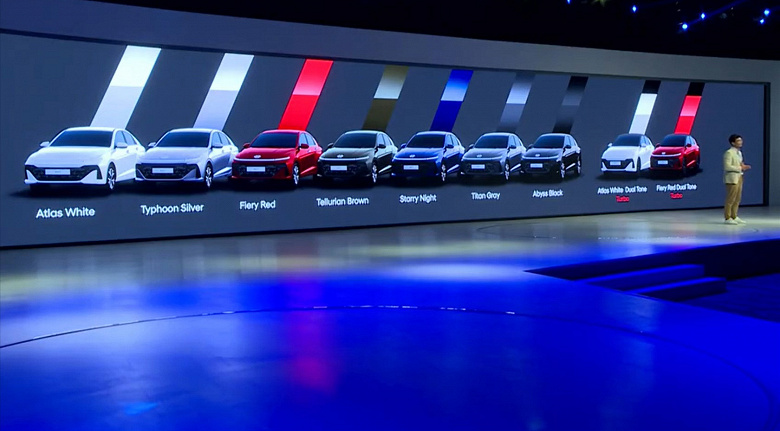
Inside, there are front seats with electric adjustments, heating and ventilation, an unusual control panel for the climate system and a media system with touch keys, two 10.25-inch screens (one of them for a digital dashboard), a “smart trunk” (with remote opening), sunroof, wireless phone charger, Bose acoustics. The media system supports over-the-air updates and 118 voice commands. 16 free navigation map updates are also promised. Home 2 Car interface is supported.
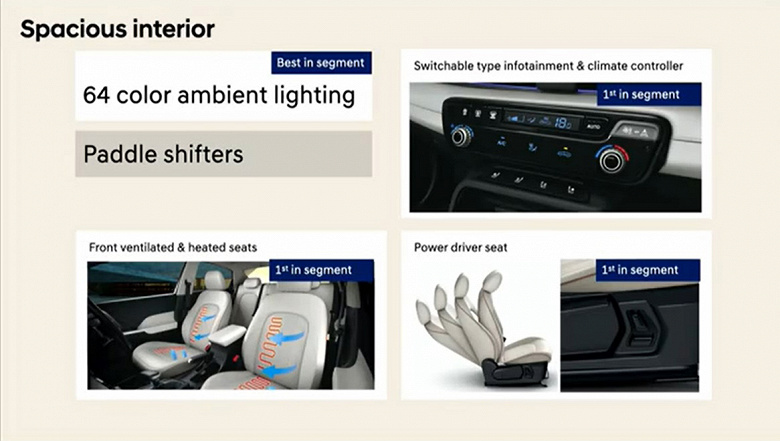
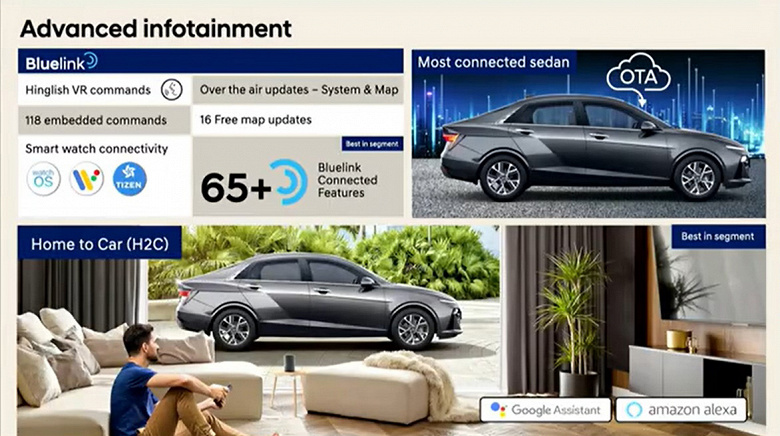
Verna is equipped with 6 airbags, full disc brakes, ABS, EBD and ESC systems, front and rear parking sensors, electronic parking brake, tire pressure monitoring system, hill start assist system.
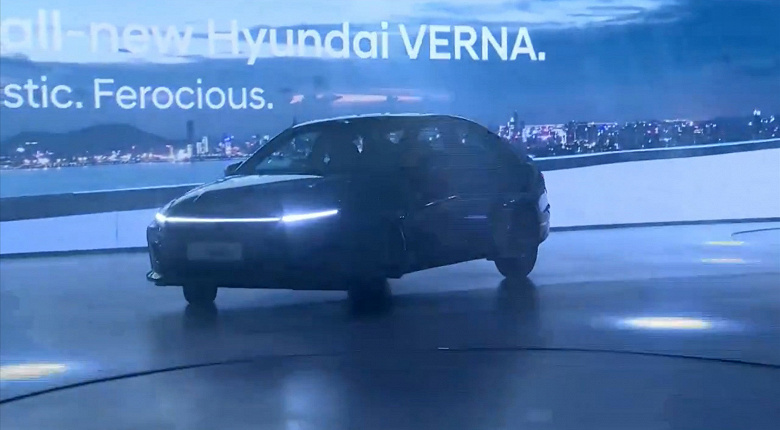
The car is backed by a three-year, unlimited mileage warranty, while the extended warranty covers seven years.
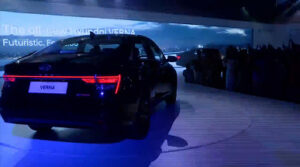
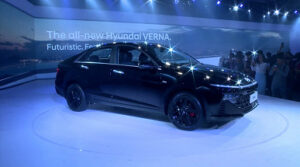
As reported, the car in the database is equipped with a 1.5-liter naturally aspirated engine with 115 hp. and a manual 6-speed gearbox. Turbo version – with a piped engine of the same volume with a power of 160 hp. This Verna accelerates to 100 km/h in 8.1 seconds. The turbocharged engine works in conjunction with a robot or variator.
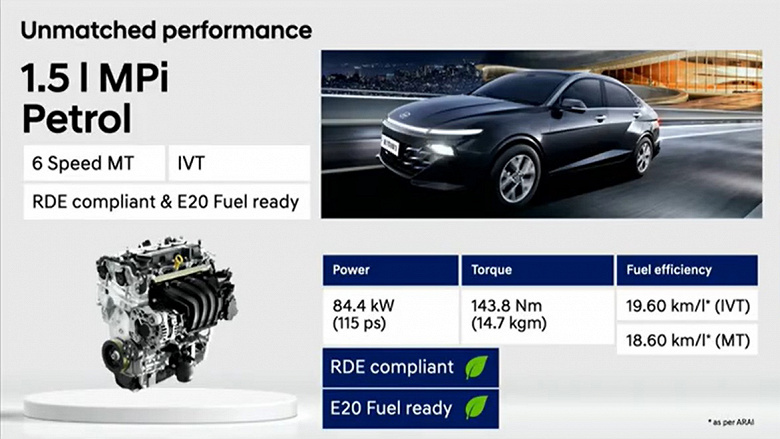
Dimensions of the new Verna/Solaris will be 4535 x 1765 x 1475 mm, trunk volume – 528 liters (50 liters more than its predecessor). Prices range from $13,200 for the base EX to $19,500 for the top-end SX(O). Given that the exchange rates of the ruble and rupee are approximately equal against the dollar, at the beginning of 2022, such a car would cost in Russia from 1.1 to 1.7 million rubles.


